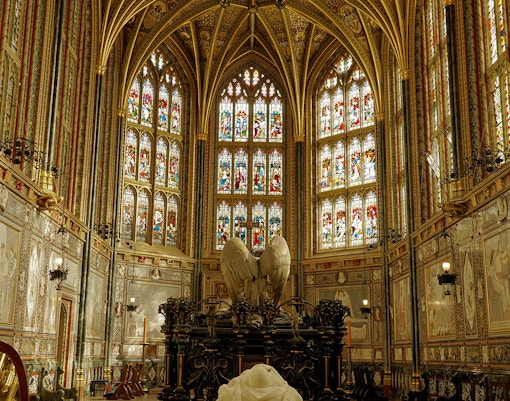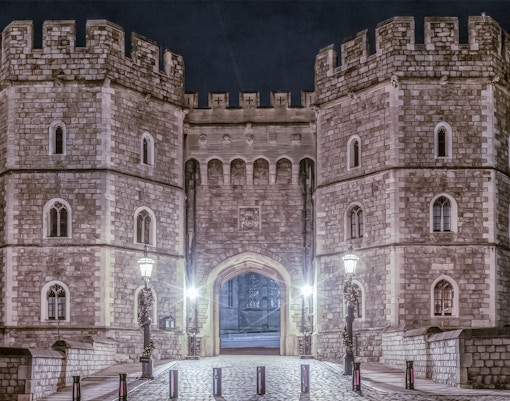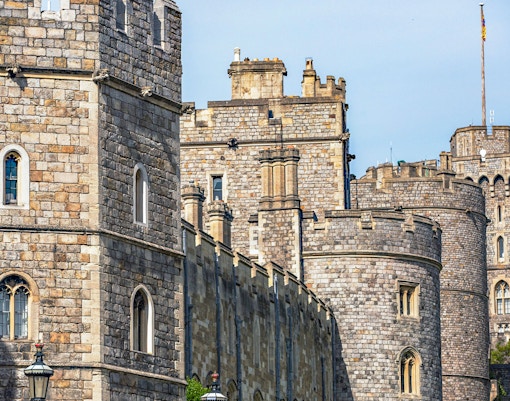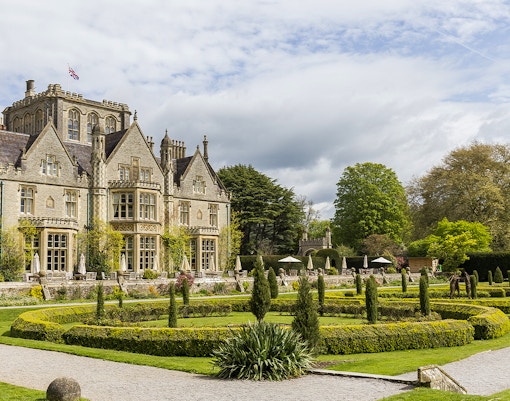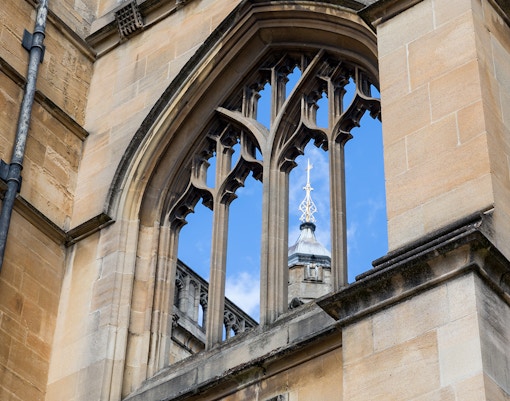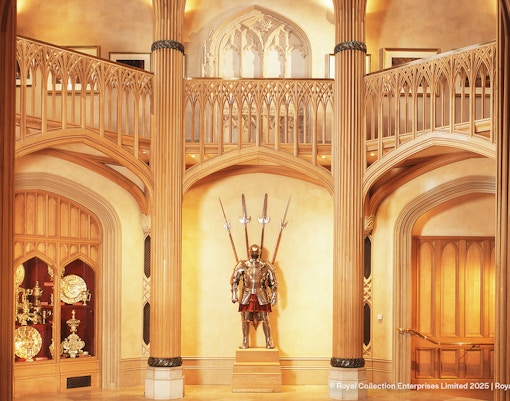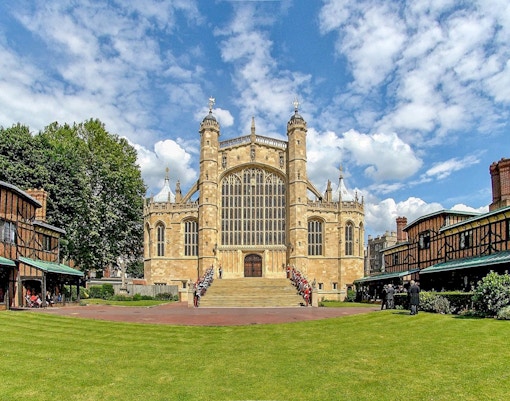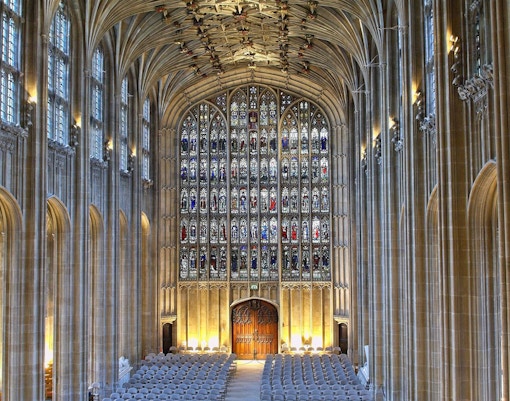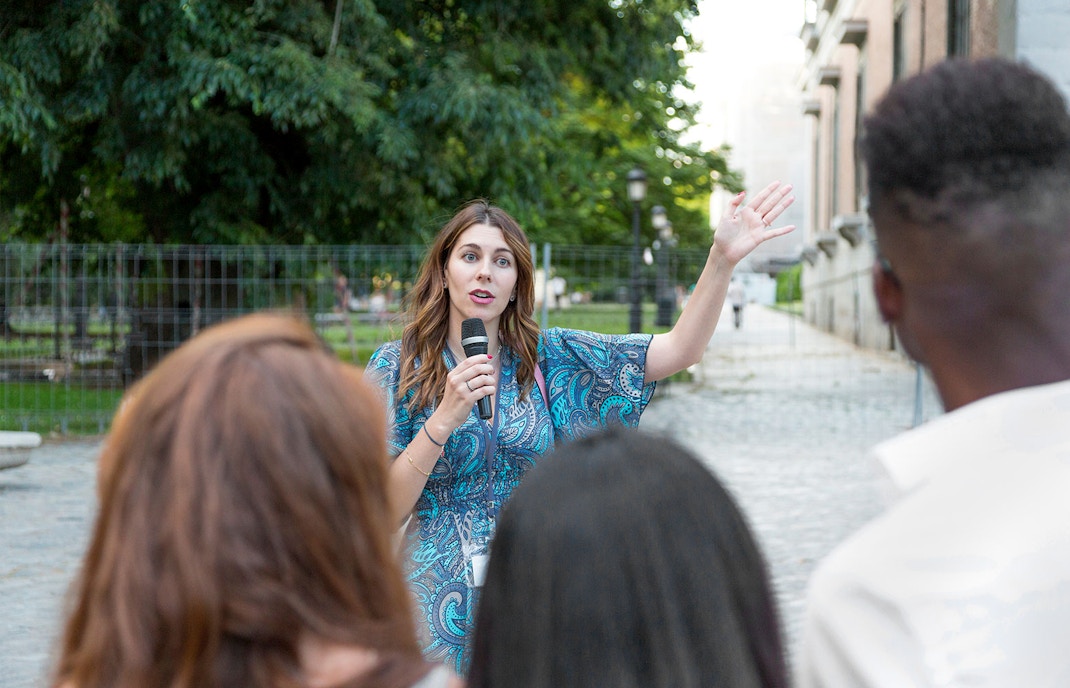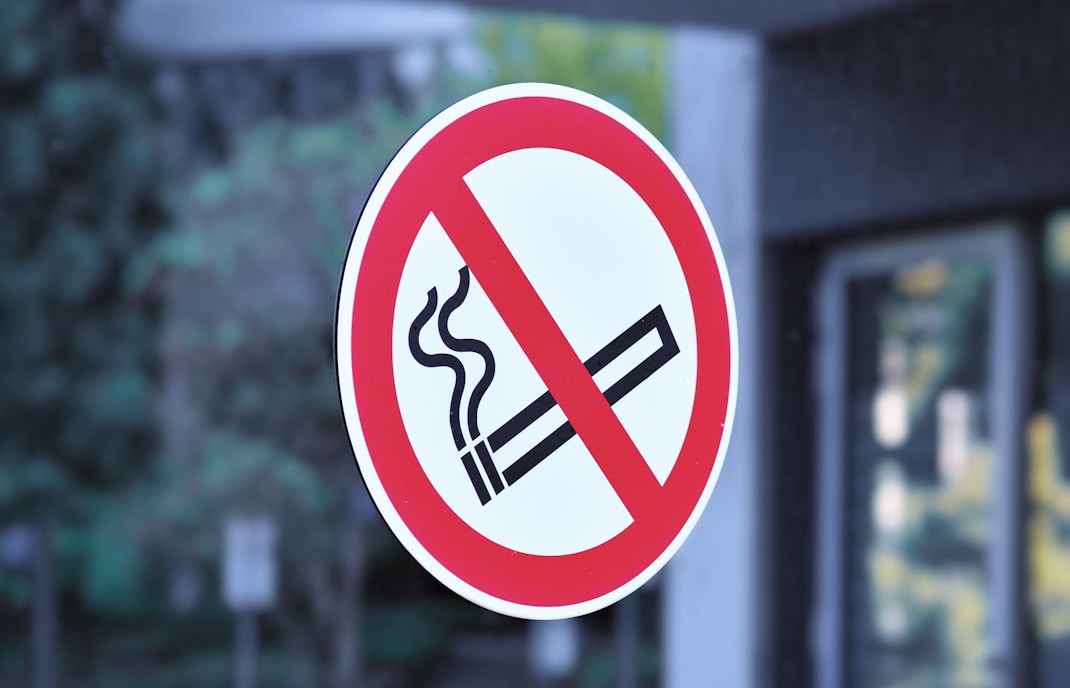St George's Chapel at Windsor Castle ranks second only to Westminster Abbey as a royal mausoleum. It is the final resting place for numerous sovereigns and their consorts.
- King Edward IV (d. 1483) and his wife, Queen Elizabeth Woodville (d. 1492), are interred in a tomb in the North Quire Aisle.
- King Henry VI (d. 1471) is buried in the South Quire Aisle.
- King Henry VIII (d. 1547) and his third wife, Queen Jane Seymour (d. 1537), share a vault beneath the Quire.
- King Charles I (d. 1649) was also interred in the vault with Henry VIII and Jane Seymour after his execution.
